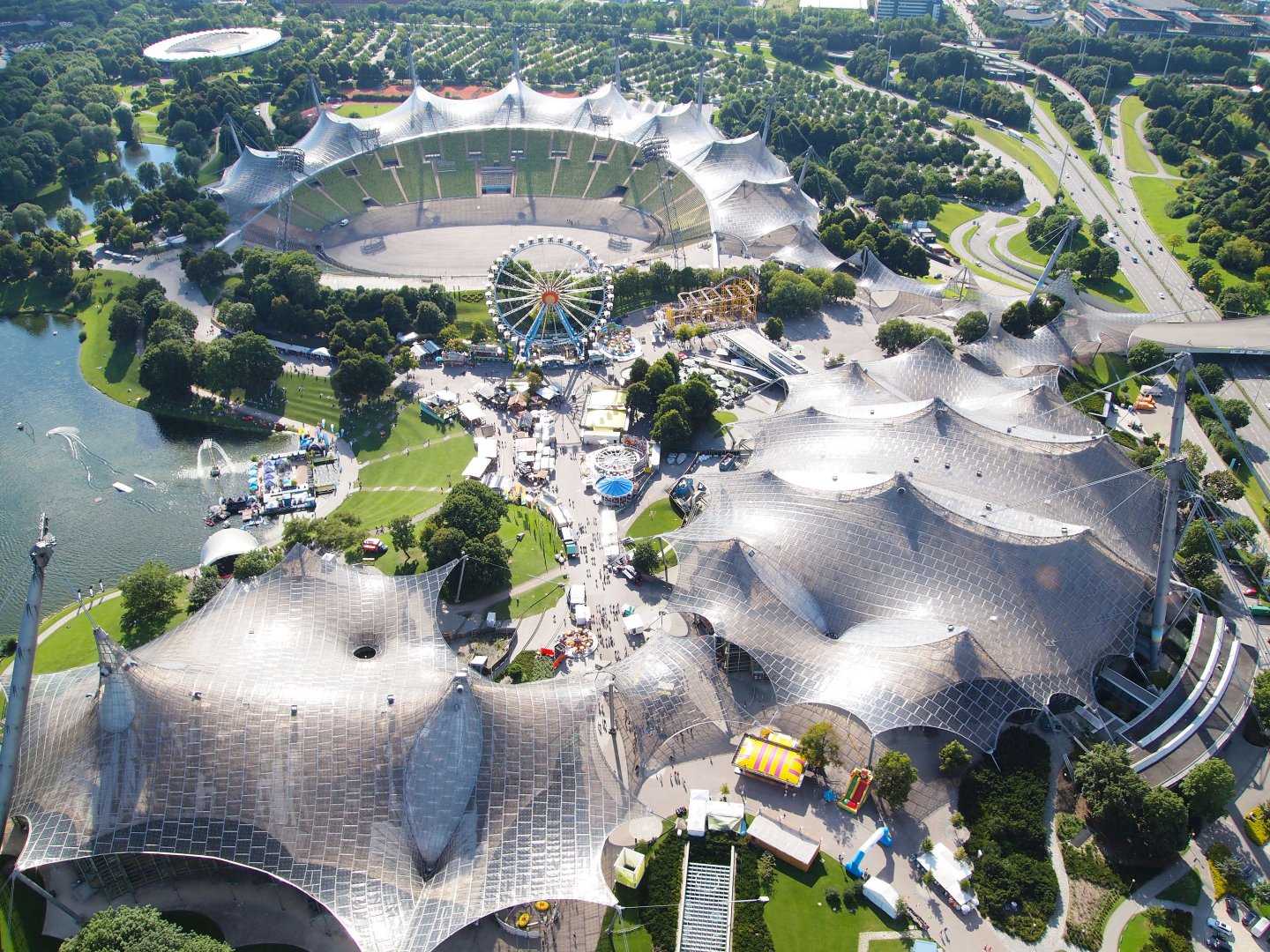
The impact of textile shading systems in façade retrofitting: evaluating the operational phase in the LCA
Please login to view abstract download link
Buildings account for approximately 40% of global energy consumption and CO₂ emissions, making functional improvements - particularly façade energy performance - crucial for reducing environmental impacts. Among decarbonization strategies, façade retrofitting stands out as highly effective, addressing both the functionality and aesthetics of existing buildings. Despite their promising potential, architectural textile materials remain underexplored for façade retrofitting purposes, especially with regard to their thermal contribution to energy efficiency. Textile-based solutions offer distinct advantages compared to traditional methods, including lightweight characteristics, minimal thickness, and ease of installation, facilitating flexible and minimally invasive interventions that reduce structural loads and limit modifications to existing structures. Employing textiles specifically as solar shading systems amplifies these benefits by significantly enhancing indoor comfort during warmer seasons, presenting a unique and innovative approach to improving environmental sustainability, energy efficiency, and reducing CO₂ emissions. The present study emphasizes the relevance and novelty of assessing the environmental performance of Textile Façade Retrofit Solutions (TFRS) through a comprehensive LCA, explicitly accounting for the operational phase (phase B6), which is often overlooked in the context of architectural membranes. Conducted according to ISO 14040 and 14044 standards using OneClickLCA software, the analysis compares scenarios with and without operational impacts. Dynamic energy simulations performed with EnergyPlus quantify the variations in energy demand resulting from textile shading installations applied to existing façades. Findings highlight that the inclusion of the operational phase fundamentally changes the assessment of environmental impacts. Initial increases associated with material production and installation are decisively offset by operational energy savings, primarily through reduced cooling demands in summer, despite an incremental increase in heating requirements during winter. Consequently, textile shading solutions significantly lower the building’s annual carbon footprint throughout its lifecycle. This research thus demonstrates the critical importance of integrating operational considerations into LCAs, showcasing textile materials as highly beneficial, yet currently underutilized, façade retrofitting solutions.

